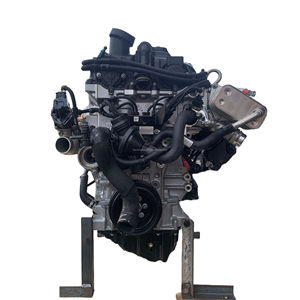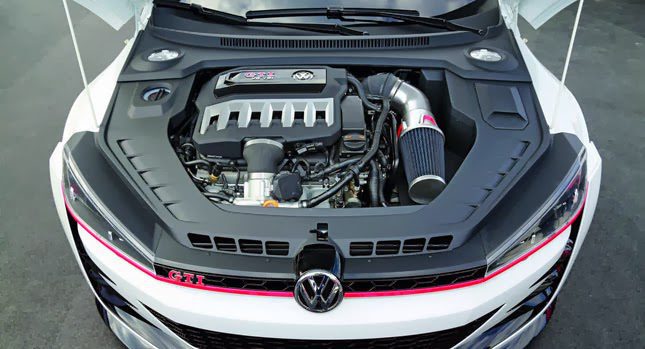Exploring the Inner Operation of a Compact Vehicle's Engine System
As vehicle drivers, we typically take for provided the complex processes that take place within the boundaries of our car's engine system. The portable yet complicated equipment that drives us ahead is a wonder of engineering accuracy and sychronisation. From the controlled surges in the combustion chamber to the careful timing of fuel shot, every component plays a critical role in the smooth procedure of the engine. In this exploration of a portable car's engine system, we will certainly unwind the internal functions of this mechanical harmony, clarifying the enigmas that drive us forward on our everyday journeys.
Combustion Refine Overview
The combustion procedure in a portable car's engine system is a critical system that successfully converts fuel right into power to power the automobile. This procedure occurs within the combustion chamber of the engine, where fuel and air mix, ignite, and produce regulated surges. The burning procedure contains 4 major phases: consumption, exhaust, compression, and power.
Throughout the consumption phase, the piston moves downward, attracting in a blend of air and gas into the burning chamber. The next phase, compression, entails the piston moving upwards, pressing the air-fuel mix to boost its potency. Consequently, in the power stage, the ignition system ignites the pressed mixture, leading to a quick growth of gases that compels the piston back down. This down activity generates the power required to drive the vehicle. Lastly, in the exhaust phase, the burned gases are gotten rid of from the burning chamber with the exhaust shutoff, preparing the chamber for the following cycle. This cyclic combustion process is basic to the procedure of a compact automobile's engine system, ensuring effective power conversion for propulsion.
Piston and Cylinder Interaction

The piston's specific fit within the cyndrical tube is crucial for maintaining optimum compression and preventing energy loss during burning. Limited clearances in between the piston and cyndrical tube wall surfaces ensure efficient securing, allowing the piston to move efficiently without enabling gases to leakage past. Appropriate lubrication is additionally essential to minimize friction and wear in between these components, enhancing longevity and efficiency.
Moreover, the style and materials used in making the piston and cyndrical tube impact engine efficiency and durability. Modern engines frequently employ light-weight yet durable materials like aluminum alloys for pistons and cyndrical tube linings to minimize inertia and boost thermal performance. Generally, the harmonious interaction between the piston and cyndrical tube is essential to the engine's functionality and overall efficiency.
Fuel Shot System Performance
Gas injection systems in portable car engines play a critical duty in exactly delivering gas to the combustion chamber for regulated and efficient ignition. The gas injection system operates by injecting gas into the burning chamber at the optimal minute during the engine's operation (opel corsa engine). This exact timing guarantees that the gas mixes equally with the air for proper burning, leading to enhanced gas efficiency and minimized emissions
There are mostly two kinds of gas injection systems utilized in portable car engines: port gas shot (PFI) Check Out Your URL and direct gas shot (DFI) PFI systems inject fuel right into the intake port before the consumption shutoff, while DFI systems inject gas straight into the combustion chamber. Both systems have their benefits, with DFI offering better gas atomization and PFI giving a more economical solution.
Understanding Engine Air Conditioning Devices
Efficient operation of a small lorry's engine relies heavily on the efficiency of its cooling devices. Engine air conditioning is important to stop getting too hot, which can lead to major damage and reduced efficiency. The air conditioning system in a portable vehicle usually consists of several components collaborating to regulate the engine temperature. One critical part is the radiator, which uses coolant to absorb warmth from the engine. As the warm coolant moves via the radiator, it launches warm right into the air, cooling down before returning to the engine. The water pump circulates the coolant through the engine and radiator, making certain a consistent flow to manage temperature level. In addition, the thermostat assists control the coolant circulation to keep optimum engine temperature level. Some lorries likewise have cooling fans that trigger when additional cooling is needed, such as throughout rush hour or heat. Understanding these engine cooling devices is essential for preserving the performance and longevity of a compact lorry's engine system.

Exhaust System Components Explained
The optimum functioning of a small vehicle's engine cooling devices depends on a complementary system understood as the exhaust system, which comprises numerous necessary components for making sure effective emissions and engine efficiency. The exhaust manifold gathers exhaust gases from the engine's routes and cyndrical tubes them to the catalytic converter.
One important component of the exhaust system is the oxygen sensing unit, which keeps track of the oxygen degrees in the exhaust gases to help control gas consumption and make sure optimum engine performance. opel corsa engine. Furthermore, the resonator may exist in some exhaust systems to lower sound levels. In general, the exhaust system plays a crucial role in maintaining engine effectiveness, lowering hazardous exhausts, and making certain a quieter driving experience for compact automobile proprietors

Verdict
Finally, the compact automobile's engine system is a complex mix of components that collaborate to promote the combustion process, convert fuel into energy, and remove waste gases. Understanding the inner functions of the engine system, consisting of the piston and cylinder interaction, gas injection system, engine air conditioning devices, and exhaust system Clicking Here components, is important for keeping optimal performance and performance of the car.
The burning procedure in a small automobile's engine system is a critical device that efficiently transforms gas into energy to power the car.Fuel injection systems in compact vehicle engines play a critical role in precisely delivering fuel to the combustion chamber for effective and regulated ignition.There are largely 2 kinds of gas shot systems made use of in portable vehicle engines: port fuel shot (PFI) and straight gas shot (DFI) Understanding this website these engine cooling mechanisms is vital for keeping the performance and longevity of a compact vehicle's engine system.
The optimal performance of a portable automobile's engine air conditioning systems depends on a complementary system recognized as the exhaust system, which makes up various essential parts for making sure effective emissions and engine efficiency.